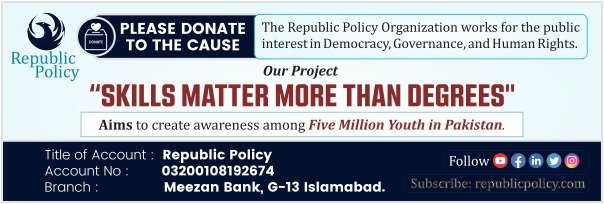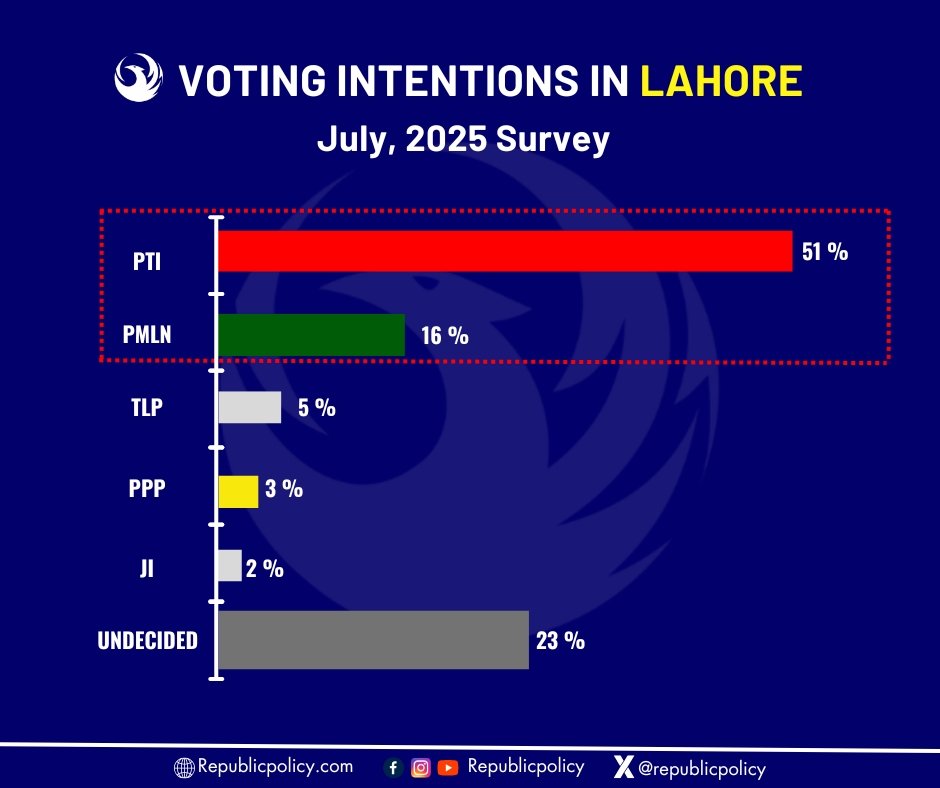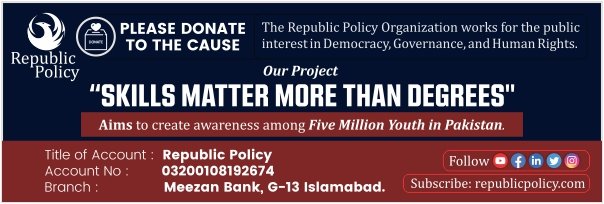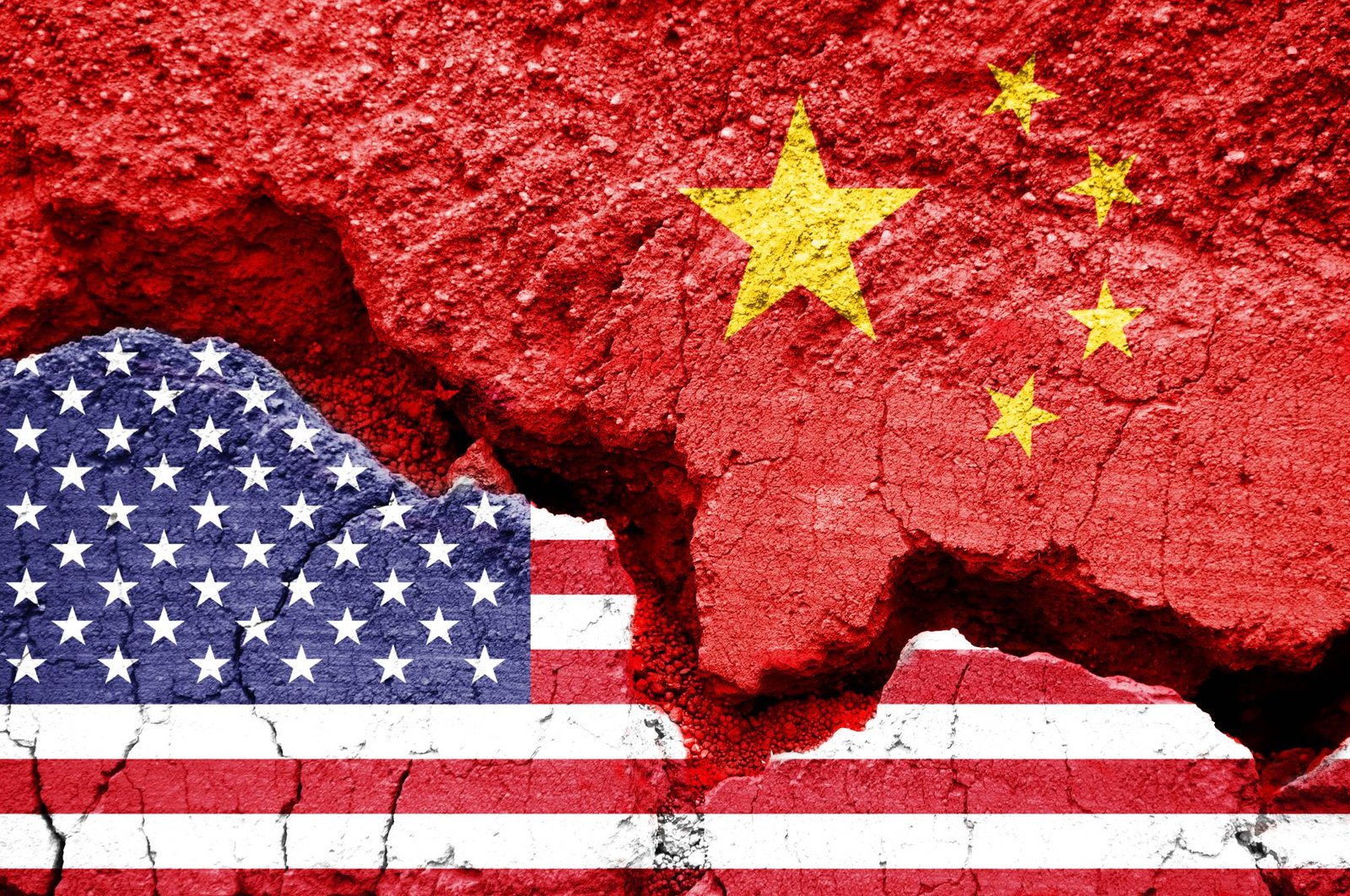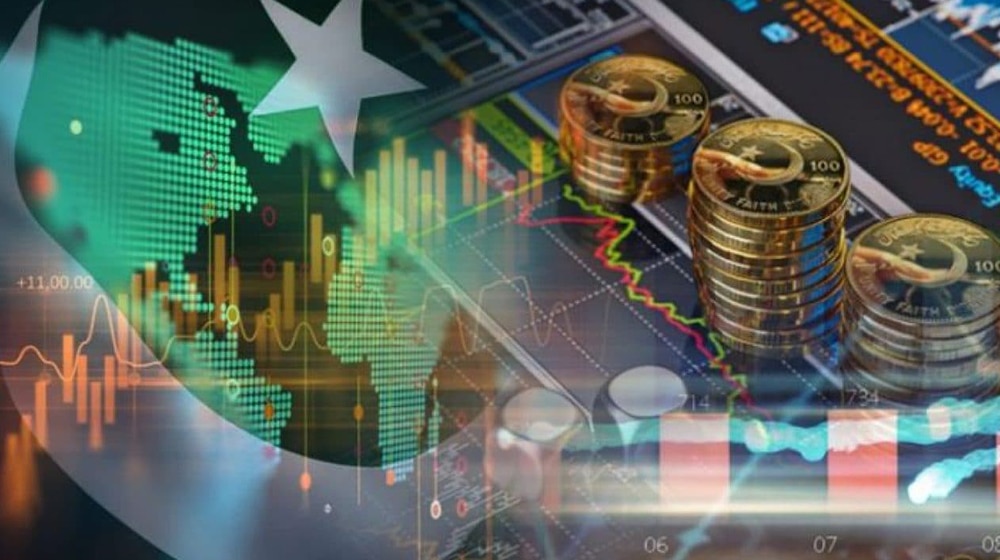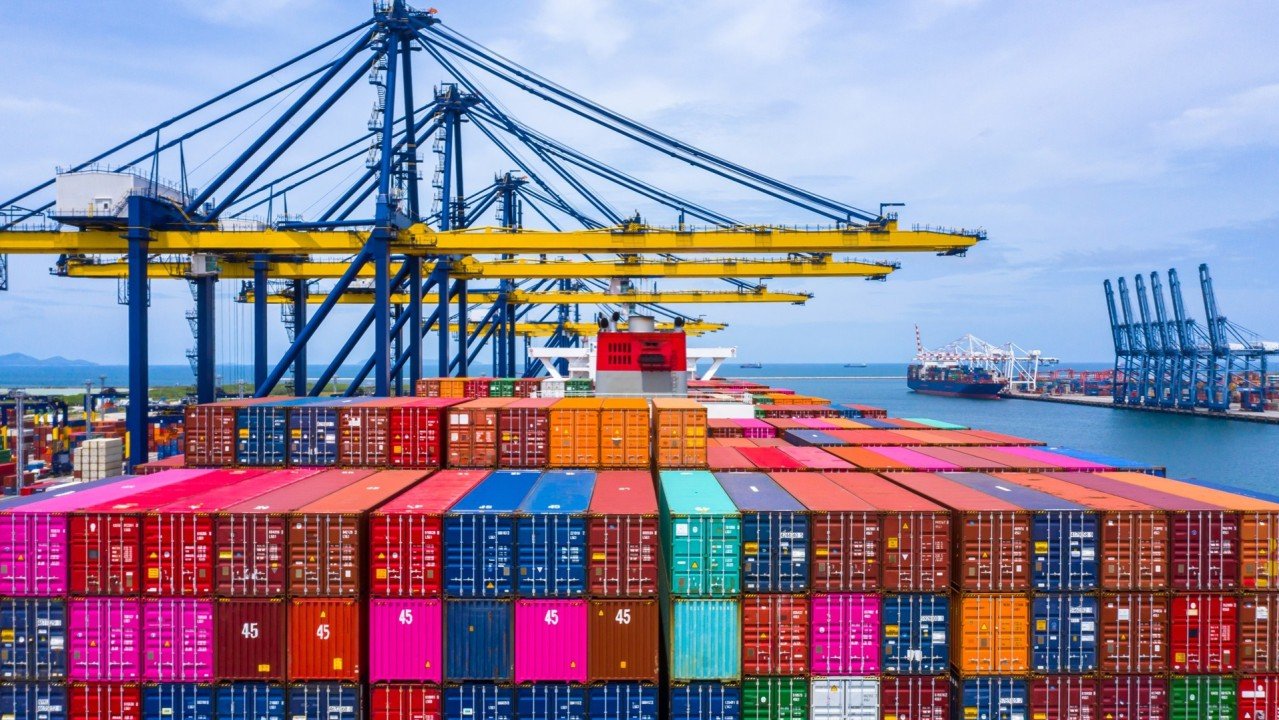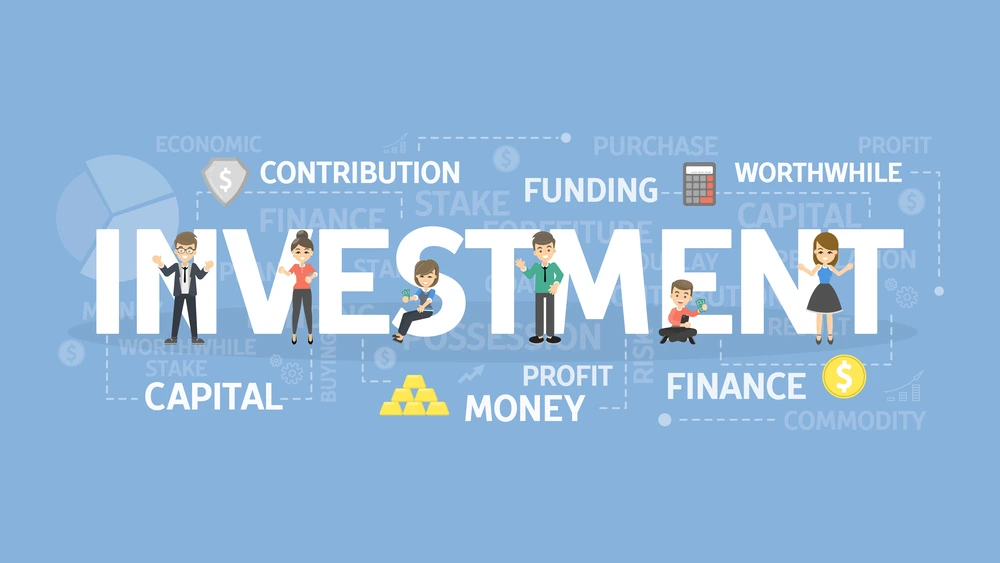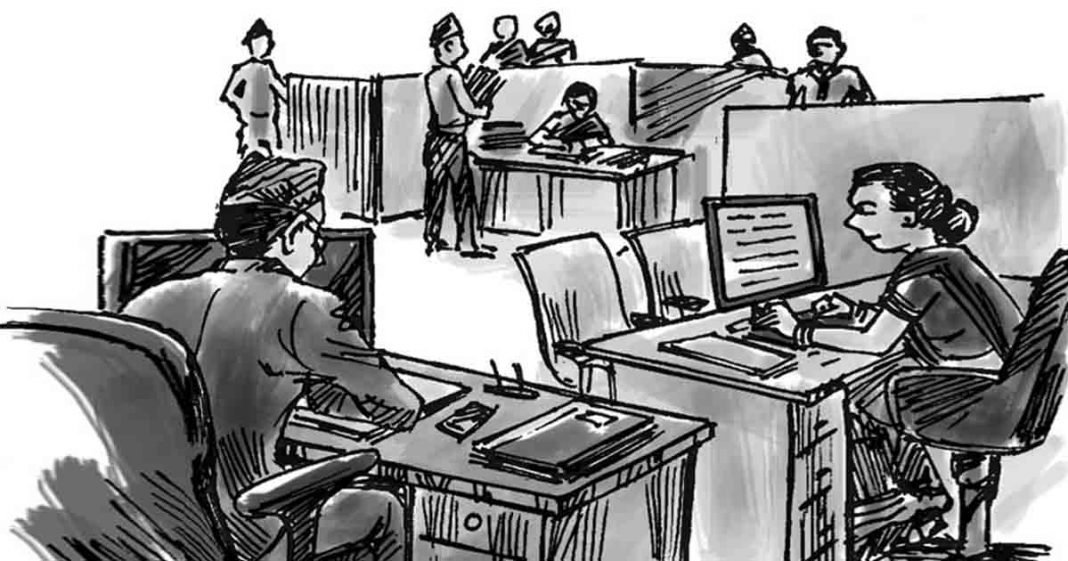Hafeez Ahmed Khan, Mubashar Nadeem
The July 2025 Republic Policy Survey Report talks about cultural change. Lets talk about this driving force in Pakistani politics.
A Silent Revolution Reshaping Politics Pakistan is undergoing a socio-cultural transformation whose depth and pace are unprecedented in its history. More than two-thirds of the population is under 30, with the median age hovering around 22–23 years. This demographic reality intersects with an era of digital globalization, where the internet, social media platforms, and transnational cultural exchange have exposed Pakistani youth to global discourses on rights, governance, economy, and identity. This combination of youth energy and technological connectivity has created a cultural force that challenges the very foundations of Pakistan’s political, religious, and bureaucratic order. The transformation is not a transient fashion shift but a fundamental restructuring of how authority is perceived and contested. Where earlier generations largely accepted the dominance of political dynasties, military influence, and religious orthodoxy, today’s younger citizens are more critical, informed, and unwilling to accept passive subordination.
Follow Republic Policy Website
In comparative historical perspective, this moment resembles the European Renaissance — an era in which intellectual awakening disrupted feudal hierarchies and clerical dominance, paving the way for modern political and social structures. Just as Renaissance Europe witnessed the questioning of inherited privilege and the birth of individual agency, Pakistan’s youth are dismantling the mental scaffolding that upheld elite dominance for decades. They are not merely seeking reform within the existing framework; they are redefining the framework itself. The parallel is important because it shows that cultural transformations often precede political revolutions. In Pakistan’s case, this shift is occurring before the political class has either recognised its inevitability or devised strategies to adapt.
Follow Republic Policy YouTube
The drivers behind this cultural re-engineering are diverse yet interconnected. Demographically, the youth bulge creates a natural impatience with slow, centralized decision-making. Economically, the scarcity of quality jobs and limited avenues for upward mobility foster a demand for systemic change. Digitally, instant access to international debates on governance, entrepreneurship, and social justice broadens horizons and raises expectations. Politically, decades of unfulfilled promises and recurring governance failures have eroded trust in institutions. Religiously and socially, there is a willingness to engage in critical debates that would have been taboo a generation ago, with many questioning the interpretation of traditions when they appear inconsistent with fairness, personal freedoms, or economic progress. This is a convergence of demographic momentum, economic urgency, and digital empowerment that is difficult to reverse.
Follow Republic Policy Twitter
Against this backdrop, Pakistan’s major political parties are responding in sharply different ways, often unintentionally revealing their alignment or misalignment with the cultural current. The Pakistan Muslim League-Nawaz (PML-N) still relies on a model of centralized governance, elite patronage networks, and infrastructural showcase projects, reflecting a 20th-century vision of power. The Pakistan Peoples Party Parliamentarians (PPPP), once a banner carrier of progressive politics, has lost its national ideological appeal and become a largely provincial player, failing to position itself as a voice for the aspirations of a digitally connected youth. The Pakistan Tehreek-e-Insaf (PTI), in contrast, enjoys organic support among young voters, primarily because of its rhetoric around anti-corruption, meritocracy, and citizen empowerment. However, this alignment is largely accidental — stemming from narrative resonance rather than a coherent, sustained policy framework. The comparative lesson here is that political capital generated from cultural alignment can be powerful, but without substantive delivery it risks dissipating rapidly.
Follow Republic Policy Facebook
The nature of the emerging culture is both progressive and hybrid. It does not seek to erase traditional values but to integrate them with modern aspirations, creating a synthesis where global exposure strengthens rather than erodes local identity. This blending manifests in multiple demands: justice that is accessible and impartial, economic inclusion through entrepreneurship and skill development, political participation free from elite monopolies, cultural expression in arts, sports, and innovation without restrictive censorship, and non-negotiable liberties in matters of expression, religion, and association. This framework mirrors certain global democratic norms but remains rooted in Pakistan’s own socio-historical context, making it more resilient than superficial “Westernization” narratives suggest.
Predictably, the entrenched status quo views this shift as a threat. Political dynasties see it as a challenge to hereditary control, religious clergy as a challenge to interpretive authority, and bureaucratic elites as a challenge to administrative monopoly. Their tools of resistance are familiar: invoking tradition and moral preservation to delegitimize reformist calls, imposing legal and administrative barriers to curb dissent, and controlling mainstream media narratives to confine public discourse within “acceptable” limits. Historical patterns suggest that such countermeasures may delay but rarely reverse cultural transformations when they are reinforced by both demographic and technological forces. The comparative record from other societies indicates that once these forces reach critical mass, attempts to suppress them often accelerate rather than contain change.
Follow Republic Policy Website
Ignoring this transformation comes with significant risks. Political destabilization is one — as disillusioned youth could translate frustration into protest movements, civil disobedience, or alternative political mobilizations outside traditional party systems. Brain drain is another, with talented and ambitious individuals choosing to emigrate, depriving Pakistan of its most valuable asset — human capital. A generational divide could harden into a cultural schism, polarizing society into competing value systems that undermine social cohesion. Economically, the failure to integrate this generation’s energy into productive sectors would squander the demographic dividend, leaving the country trapped in low-growth stagnation. Comparative examples from regions like the Middle East illustrate that unaddressed youth disenfranchisement can have destabilizing long-term effects.
Follow Republic Policy YouTube
The inverse scenario — embracing and channeling the transformation — offers equally significant opportunities. A young, connected population can be the bedrock for innovation, technological advancement, and global competitiveness. Political systems that adapt can unlock entrepreneurial ecosystems, attract foreign investment through a rights-respecting governance climate, and rebuild public trust through institutional reform. Bridging the gap between traditional values and modern aspirations would not only reduce polarization but also create a uniquely Pakistani model of democratic pluralism — one that can be exported as a case study in balancing identity and progress. Comparative experience from countries like Indonesia and Malaysia shows that hybrid models of governance can achieve this integration successfully.
Follow Republic Policy Twitter
For Pakistan’s political leadership, the strategic imperative is clear. Acknowledge the cultural transformation as irreversible, reform internal party structures to prioritize merit over lineage, engage directly with youth concerns through credible policy commitments, and build narratives that reconcile rather than pit tradition against modernity. Failure to do so will cement the perception of political irrelevance and deepen the legitimacy crisis already confronting state institutions. The comparative choice is stark — to evolve and lead, as some global counterparts have done, or to resist and decline, as others have experienced. In either case, the tide of cultural change will not wait for hesitant leadership to decide.


